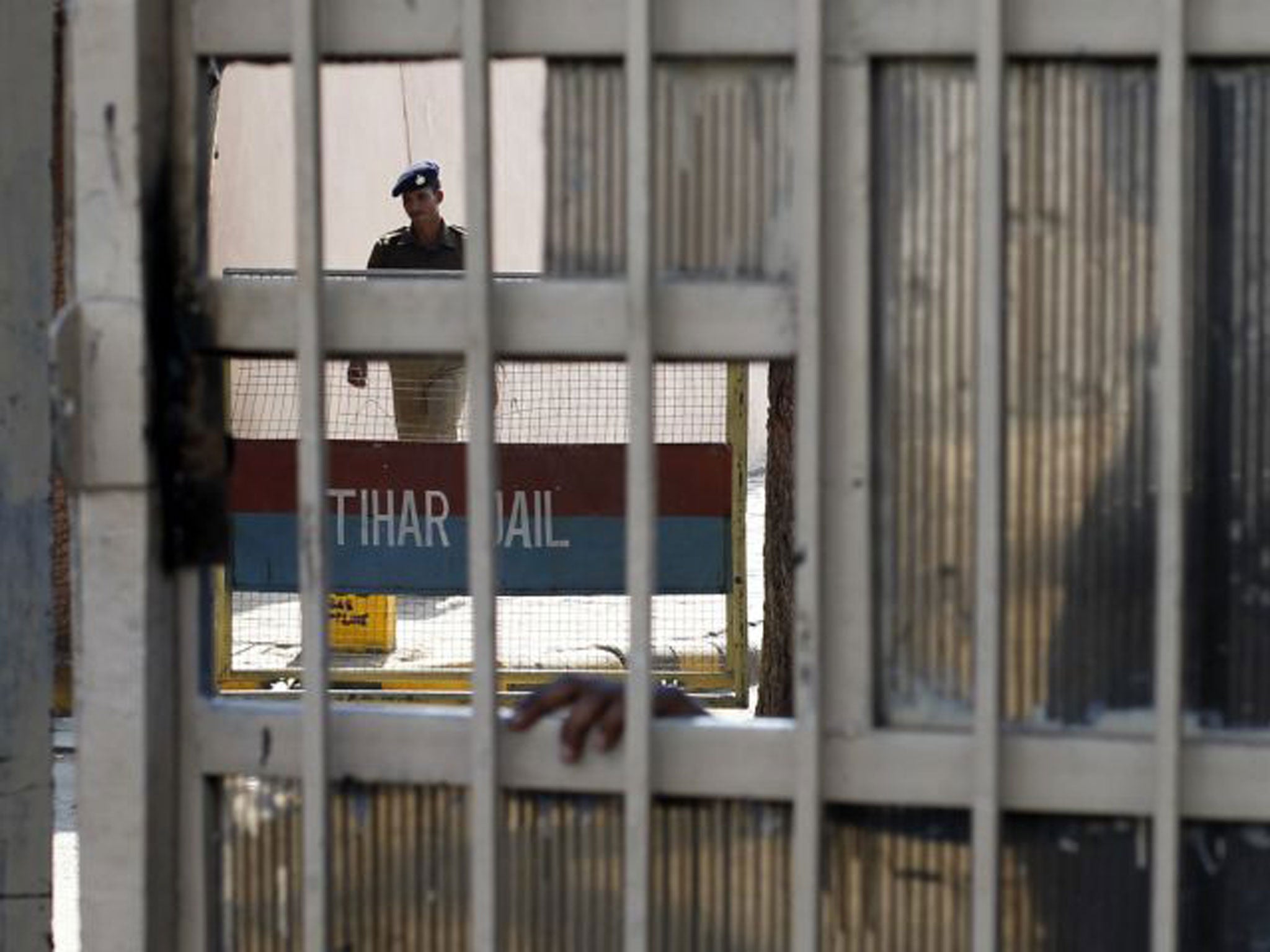Inside Tihar Jail: How prison where gang-rape suspect died turned from a notorious jail to a model institution

Your support helps us to tell the story
From reproductive rights to climate change to Big Tech, The Independent is on the ground when the story is developing. Whether it's investigating the financials of Elon Musk's pro-Trump PAC or producing our latest documentary, 'The A Word', which shines a light on the American women fighting for reproductive rights, we know how important it is to parse out the facts from the messaging.
At such a critical moment in US history, we need reporters on the ground. Your donation allows us to keep sending journalists to speak to both sides of the story.
The Independent is trusted by Americans across the entire political spectrum. And unlike many other quality news outlets, we choose not to lock Americans out of our reporting and analysis with paywalls. We believe quality journalism should be available to everyone, paid for by those who can afford it.
Your support makes all the difference.The sprawling Tihar Jail in the west of Delhi, home to around 13,000 inmates, was once notorious across the region.
Known for its corruption and brutality, it was a place from which prisoners such as the serial killer Charles Sobhraj were able to bribe their way to freedom. But in the last 20 years the jail, which houses some of India’s highest-risk prisoners, has been the focus of a remarkable project to turn it into a rehabilitative model for other institutions.
These days, long-term prisoners and those awaiting trial can take part in yoga, painting, music studies, computer science as well as literacy and drug rehabilitation. There is a shop selling everything from bread to incense sticks made by the inmates.
“Nobody is born a criminal. However, many a times, a person commits crime due to certain circumstances,” says a large sign in the shop. “Instead of stressing retribution and deterrence, contemporary penology favours reformation and rehabilitation.”
The effort to transform the jail was started in the early 1990s by Kiran Bedi, who was India’s highest-ranking female police officer and also served as the jail’s inspector general before she retired. Ms Bedi said it was vital that an inquiry into the death of Ram Singh was completed.
Yet she said both jail officials and the lawyers for Mr Singh were in apparent agreement that he had not displayed any outwards sign that something was troubling him. “If the lawyers said he was fine then they are in tandem with the jail,” she said.
The investigation into Mr Singh’s hanging will have to determine not just whether he took his own life but whether or not anyone helped him. The three other prisoners who were sharing his cell are being questioned.
Join our commenting forum
Join thought-provoking conversations, follow other Independent readers and see their replies
Comments